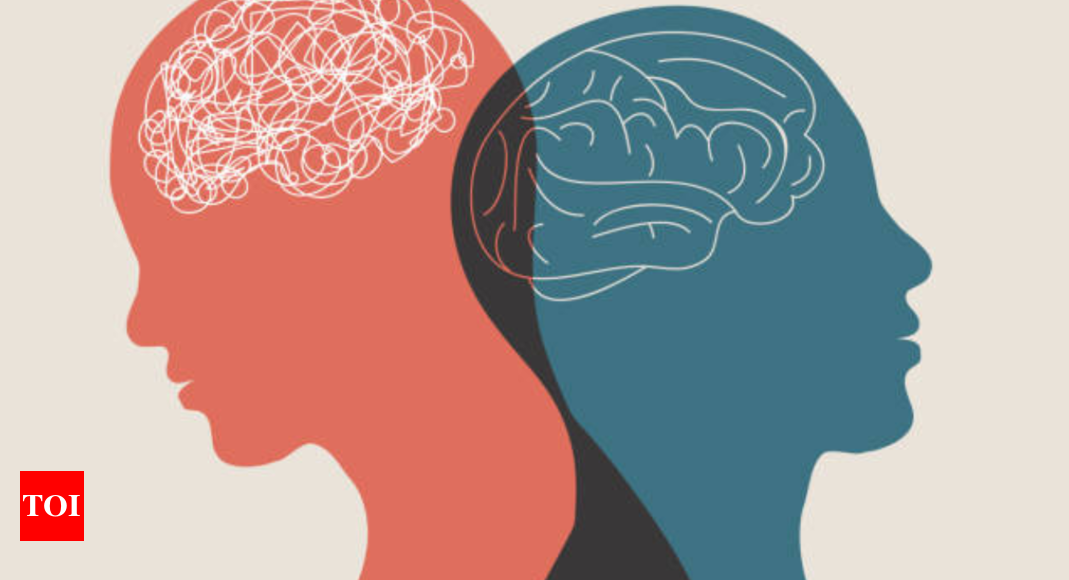The connection between mental health and mental health disorders is worth knowing because this understanding is important in promoting overall well-being and effectively addressing mental health challenges . While mental health refers to a state of psychological and emotional balance, mental disorders include a range of conditions that fundamentally disrupt this state of balance. Here’s what you need to know about the link between mental health and disorders:1. Mental health continuum: Mental health and mental disorders exist on a continuum, rather than as binary states. At one end is optimal mental health, which is all about resilience, positivity and effective coping strategies. At the other end are various mental disorders, such as anxiety, depression, bipolar disorder, and schizophrenia, which can vary in severity and impact.2. Interaction between factors: Mental health and mental disorders are influenced by a complex interaction of biological, psychological, environmental and social factors. Genetic predisposition, traumatic experiences, chronic stress, socioeconomic status, access to health care, and social support networks are factors that contribute to a health profile. mental health of an individual.3. Protective factors: Certain factors promote mental health and resilience, acting as a protective shield against the development of mental disorders. These include strong social connections, healthy lifestyle habits such as regular exercise and balanced nutrition, effective stress management techniques, access to quality health care, and supportive community or family environment.4. Early intervention and prevention: Addressing mental health issues proactively is important to prevent the onset or worsening of mental disorders. Early intervention programs, such as mental health screenings, psychoeducation initiatives, and accessible mental health services, can help individuals recognize and address emerging problems float before they escalate.5. Stigma and discrimination: Stigma surrounding mental health remains a major barrier to seeking help and accessing appropriate treatment. Discriminatory attitudes and misconceptions about mental illness can lead to feelings of shame, isolation, and reluctance to disclose symptoms. Breaking stigma through education, advocacy, and promoting empathy is essential to foster a more supportive and inclusive environment.6. Comprehensive treatments: Effective treatments for mental disorders often include pharmacotherapy, psychotherapy, and psychosocial interventions. However, holistic approaches that address people’s physical, emotional, social and spiritual needs are actively recognized as essential for long-term recovery and overall health. .7. Promote resilience and self-care: Cultivating resilience and practicing self-care are essential aspects of maintaining mental health and managing health challenges. mental health. Developing coping skills, setting boundaries, participating in activities that promote relaxation and enjoyment, and seeking support when needed are all important strategies for promoting mental health.8 . Community Support and Advocacy: Creating communities of support and advocacy for policies that prioritize mental health, early intervention, and access to affordable, quality care is necessary to solve the problem. determine the social impact of mental disorders. Peer support groups, community mental health initiatives, and awareness and stigma reduction campaigns help actively promote a supportive mental health environment. Acknowledging the connection between mental health and mental health disorders is important to promote comprehensive approaches to mental health care. The strategies mentioned above can help foster environments where mental health-related stigma does not exist and people can talk openly about their mental health issues. (Author: Dr. Rahul Chandhok, Mental and Behavioral Health Sciences at Artemis Hospital Gurugram)










